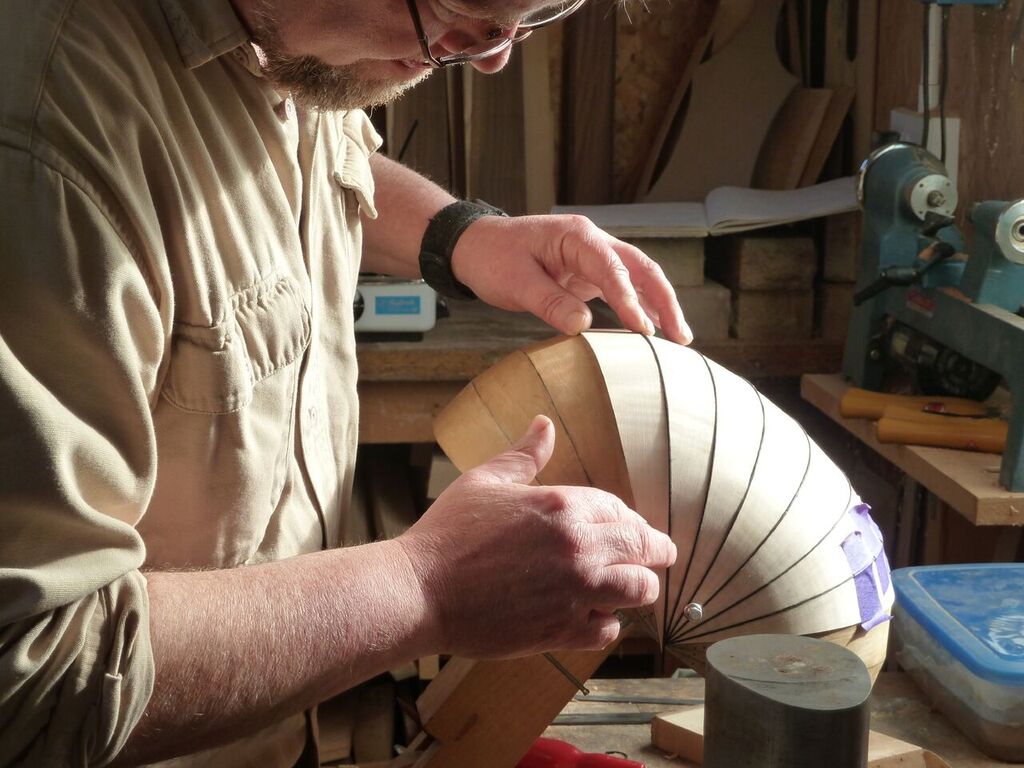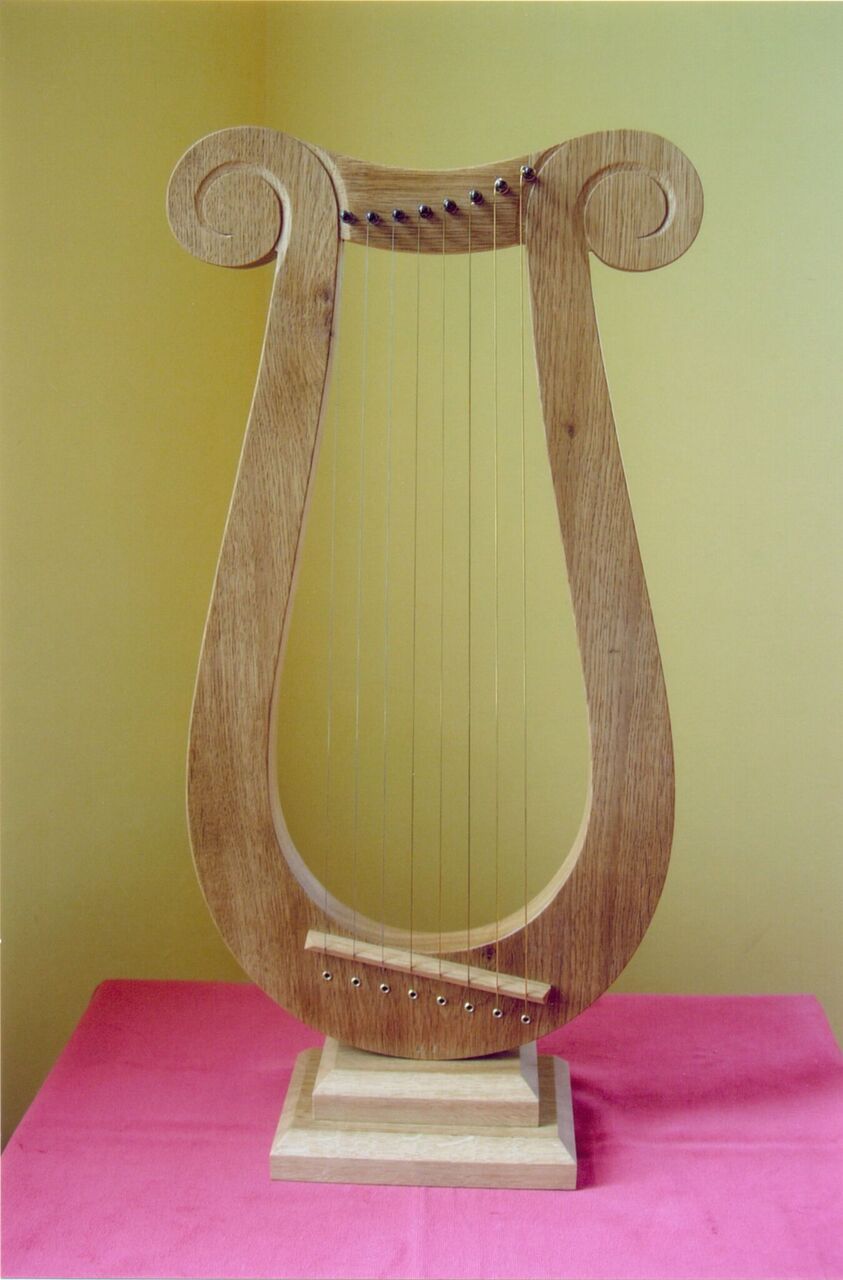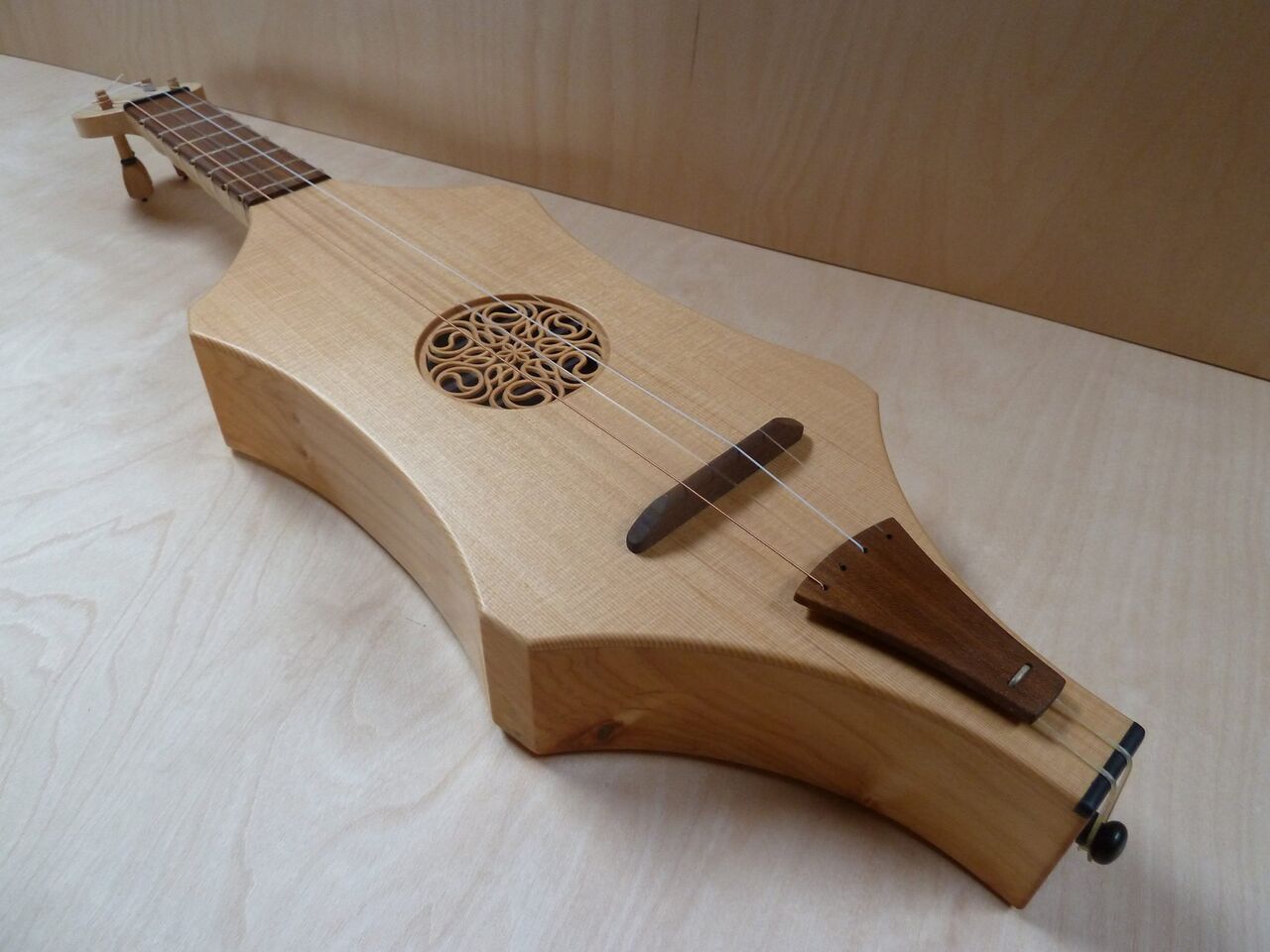
A few other instruments for reference here. Do not assume that I wouldn’t consider making something that you do not see listed on this website – if in doubt please ask.
Citole
Imagery and carvings of instruments that we now classify as citoles are relatively numerous within the approximate period 1250 – 1350. Body shapes vary quite considerably but most fall within one of three main groups. Pictured is the ‘holly leaf’ type which I based mainly upon an image in a Book of Hours held in the British Library, MS Egerton c.1260s. The body is hollowed out of a solid piece (Poplar on this occasion) with the neck and pegdisc a separate piece of sycamore. Short scale length of 40 cm to enable a violin-like tuning in 5ths with top string at e’’. Other suitable tunings would be all 4ths, or a mixture eg - a, d’, a’, d’’. It is of course possible to scale this design up to allow a variety of tuning and pitch possibilities. Nylon of gut strings. Other designs and monoxyle construction also possible.
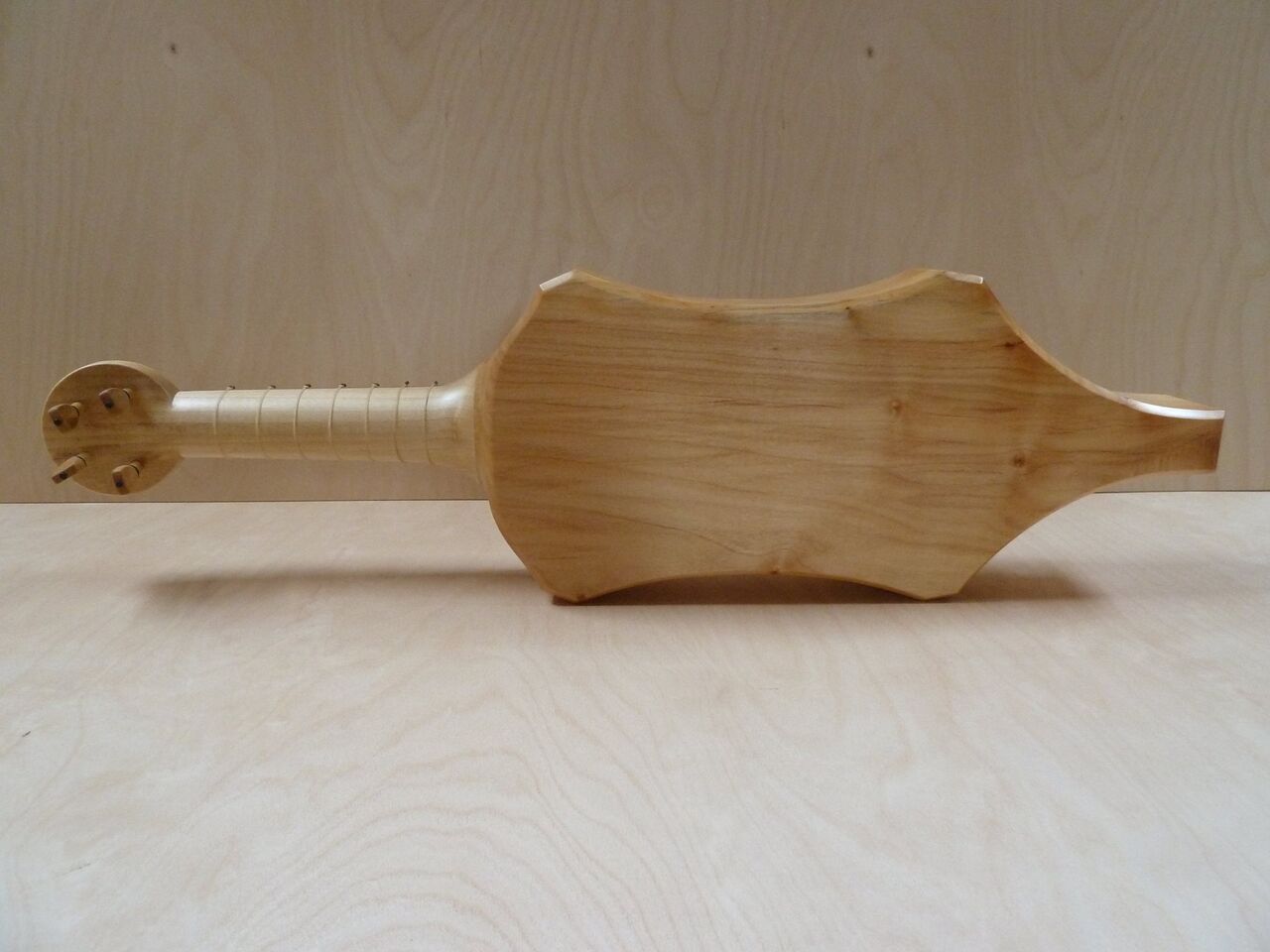

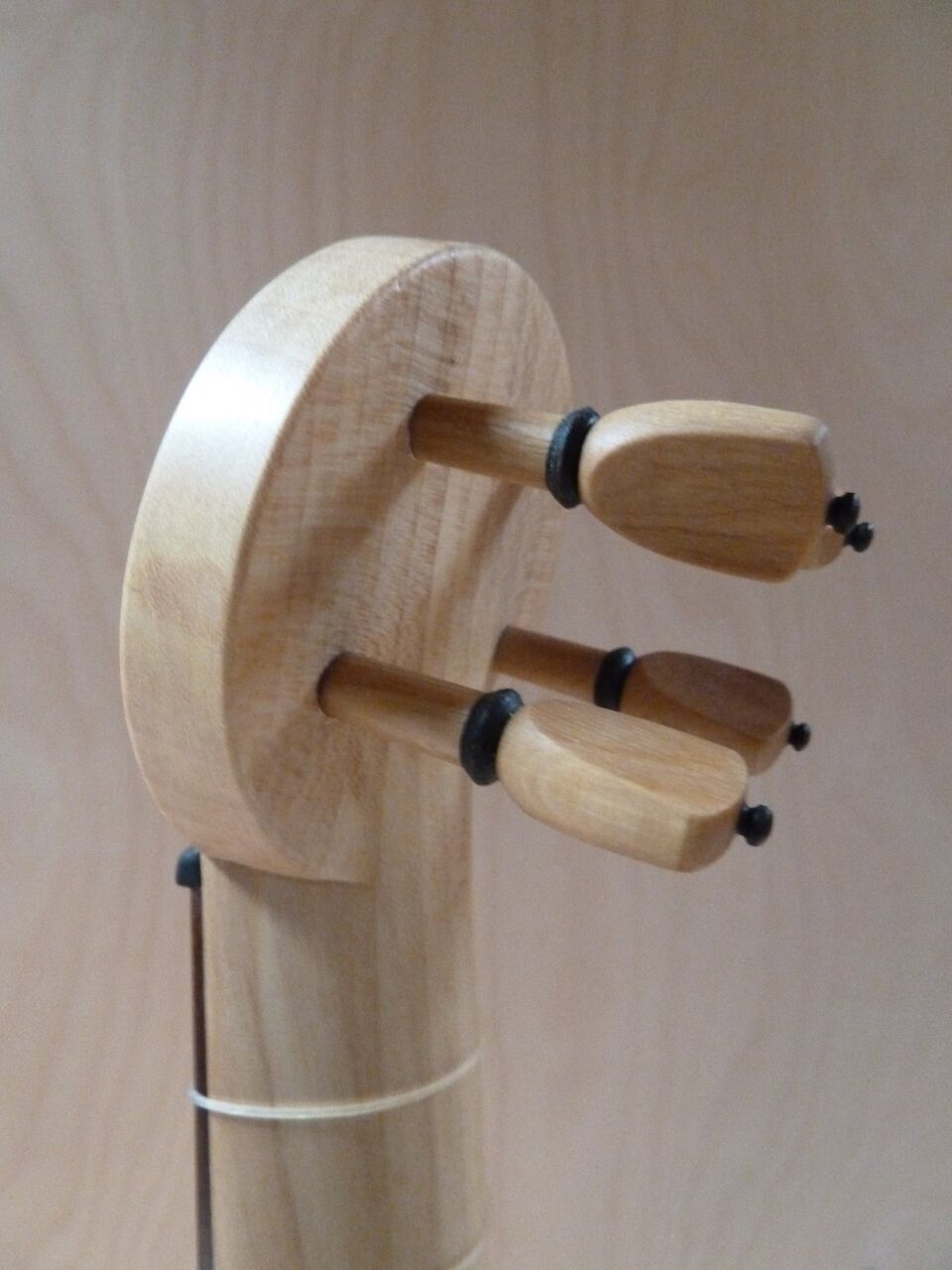
Cittern
During the 16th century the cittern enjoyed a similar degree of popularity to that of the lute, especially in Italy. Its appearance and sound are entirely different from the lute, having a shallow, tear shaped soundbox and brass wire strings which, in its simplest form, were grouped in four courses. It has a re-entrant tuning, e.g. b g d' e' ~ where the lowest pitched note (g) is not in the conventional bass position. The frets are metal and fixed in position with wooden wedges, normally arranged diatonically. For solo use or with broken consort. Usually plucked with a plectrum. Models pictured here after Italian makers Campi, and Da Salo show the two distinct construction styles – the straight sided monoxyle type and the other formed from various separate pieces.
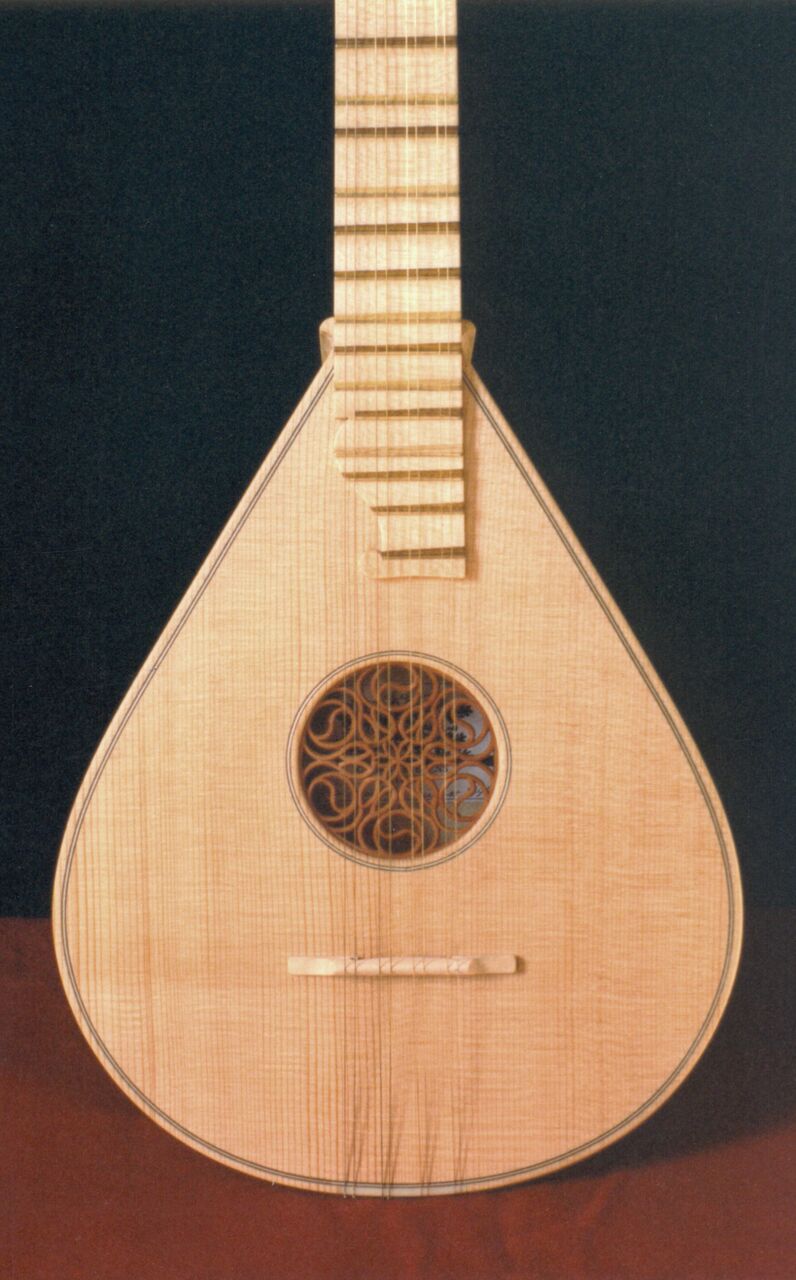
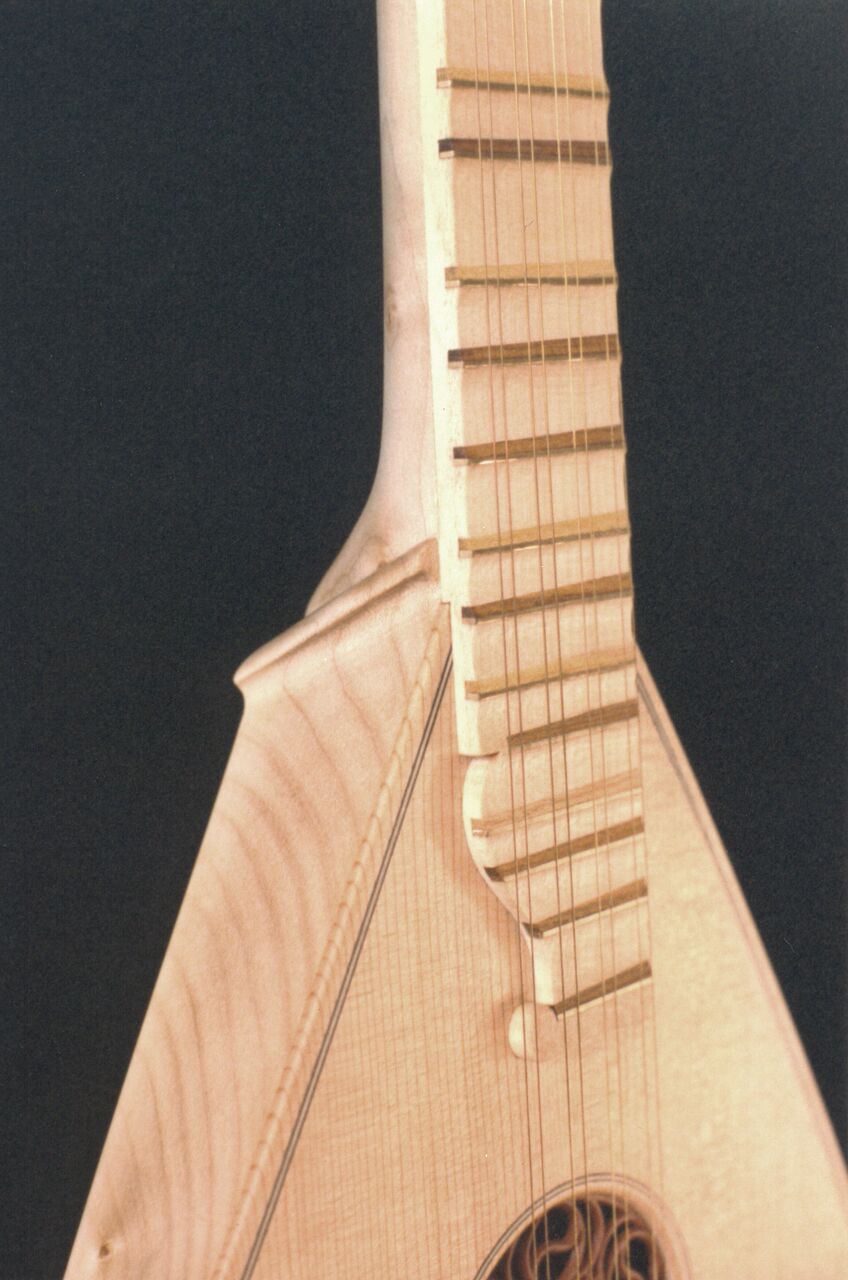
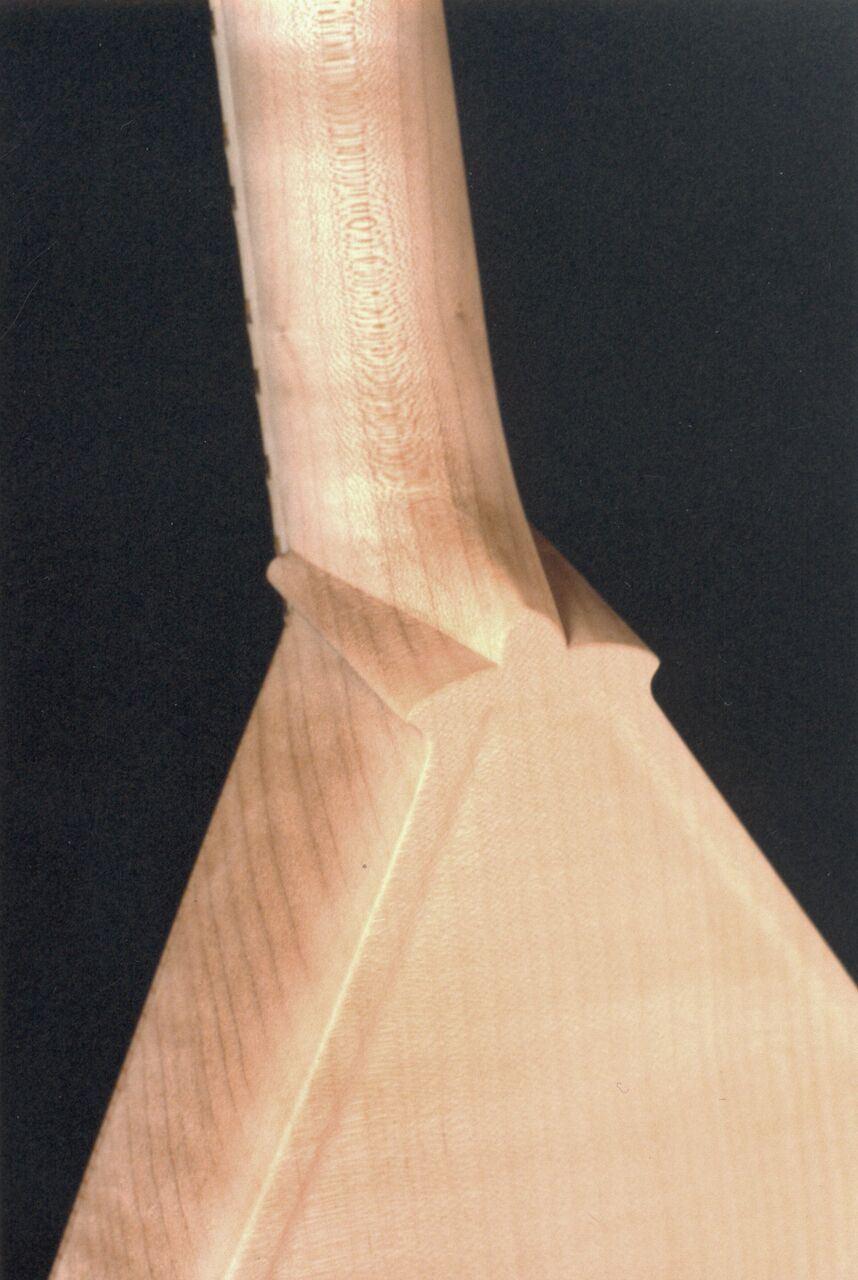
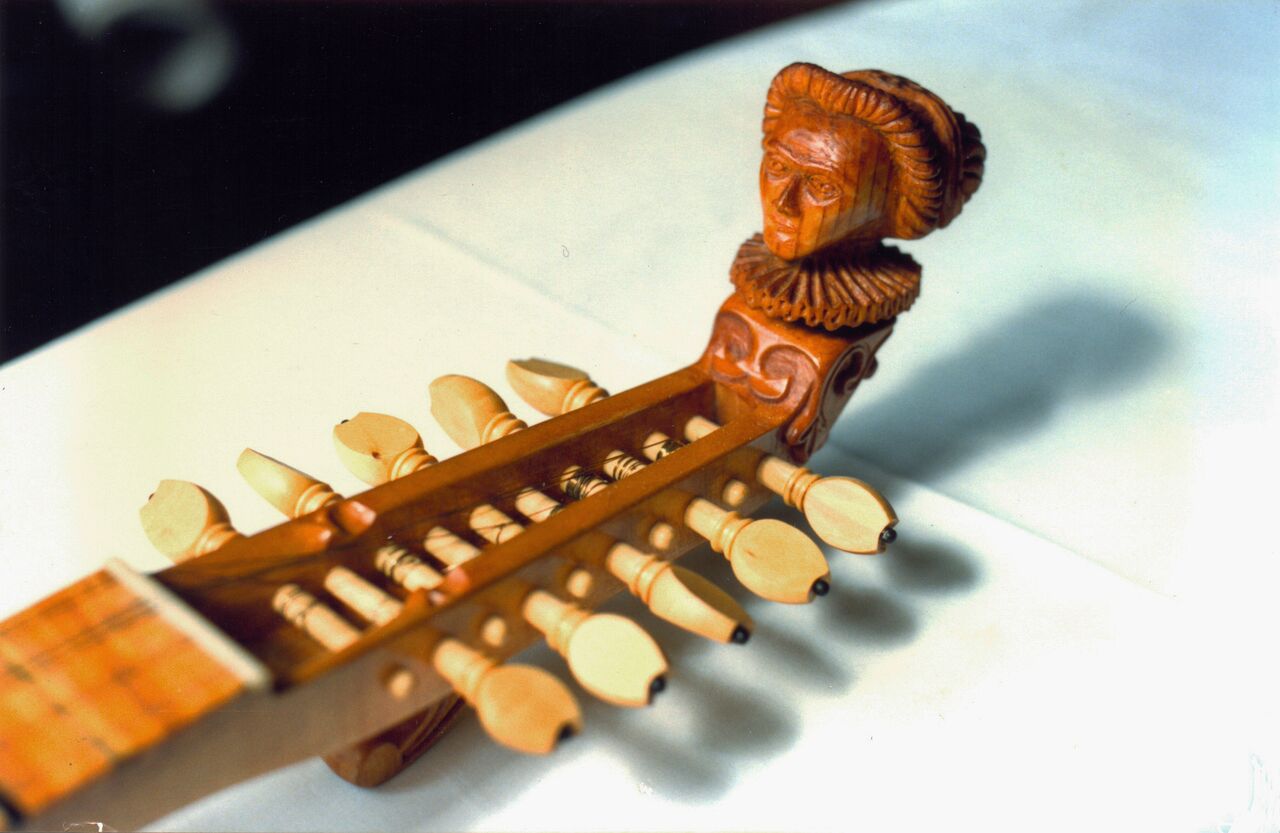
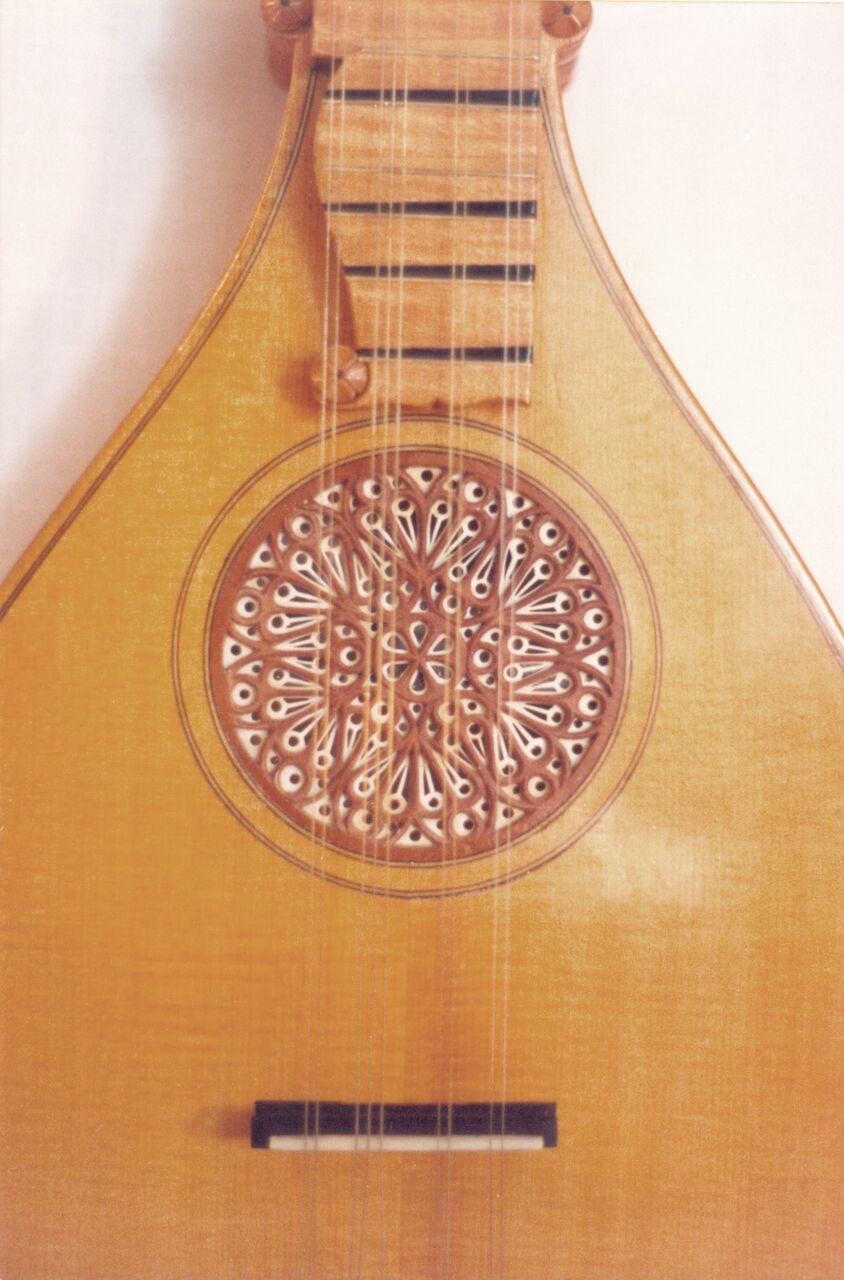
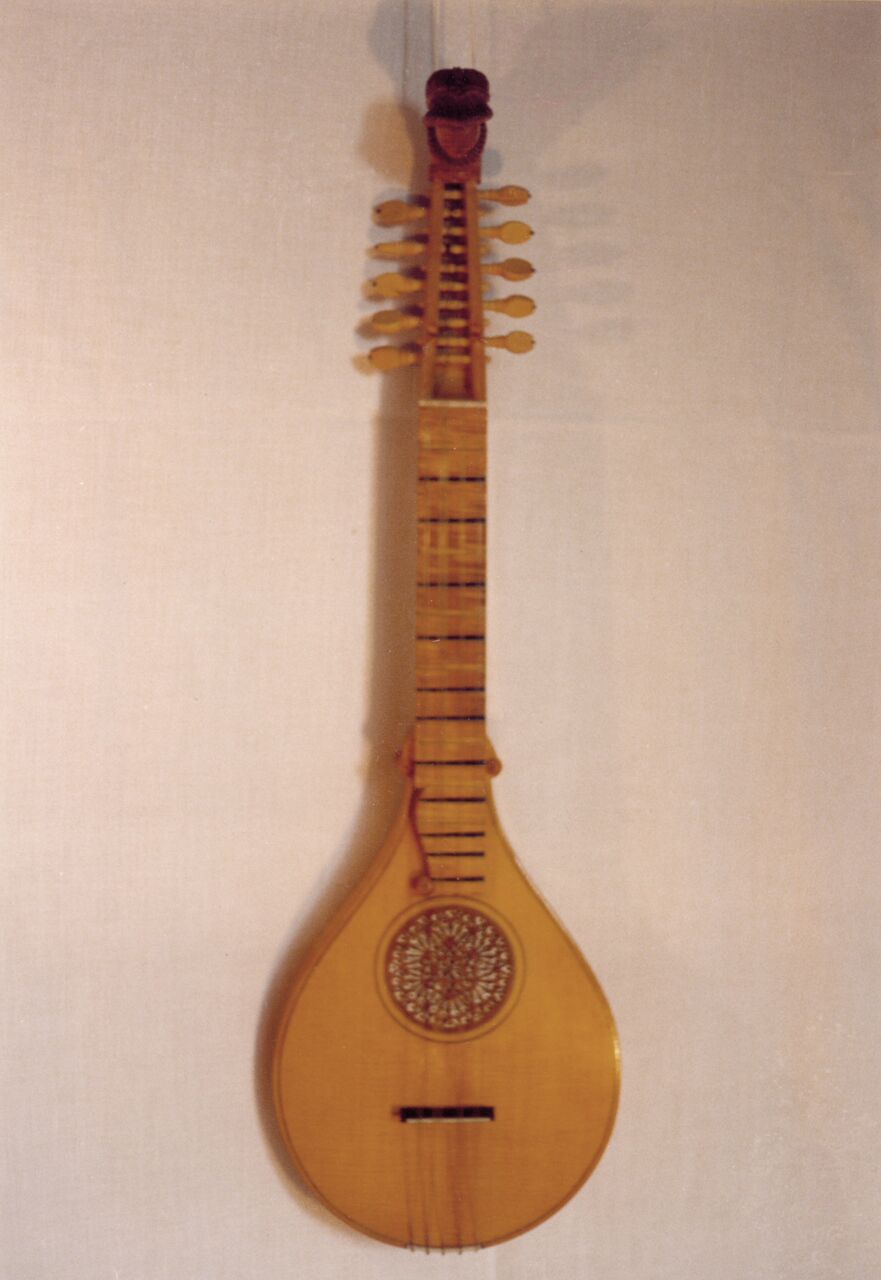
Lyre
Classical lyre based on a 16th century carving from Haddon Hall, Derbyshire. Could be made on this template with 5-8 strings and strung in nylon, gut or metal. A pentatonic tuning is quite suitable. Example shown in oak.
Sound sample
